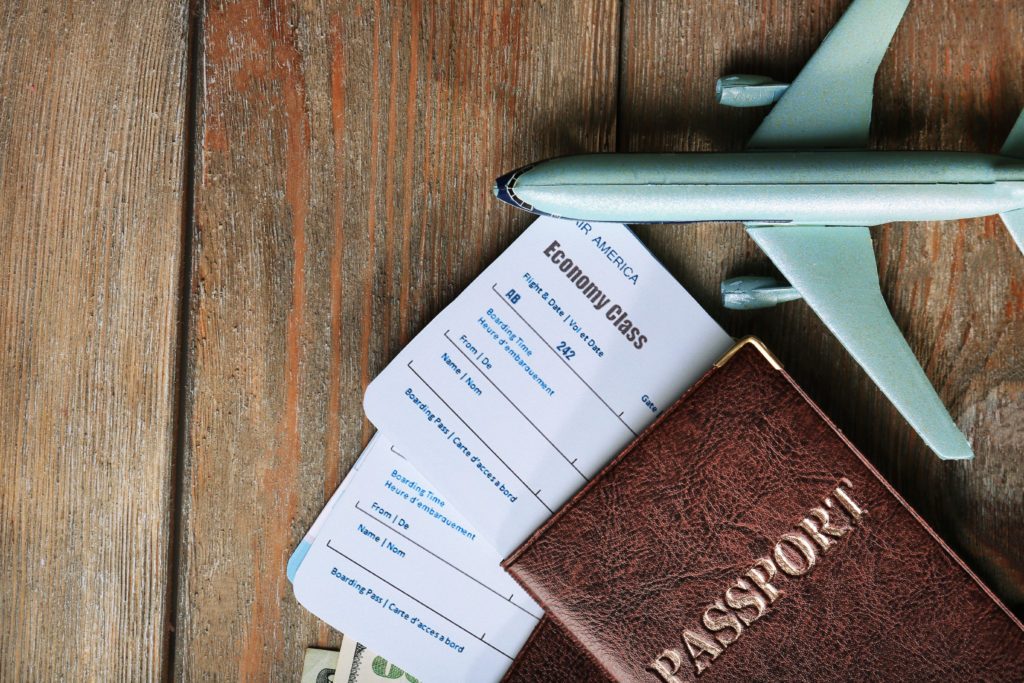Clearing airport security is a necessary evil when it comes to air travel. Some programs (such as TSA PreCheck and CLEAR) make the process quicker and easier, but long lines and random searches still make for quite an exhausting start to any trip.
To add insult to injury, some (un)lucky travelers are subject to a Secondary Security Screening Selection, abbreviated SSSS on a boarding pass. Below we’ll discuss how and why some folks are subject to SSSS and how you can possibly avoid it in the future.
How long does SSSS screening take?
As mentioned, SSSS stands for Secondary Security Screening Selection and is a more thorough screening of a traveler trying to pass through TSA security. I have personally had SSSS on my boarding pass a few times, and each adventure has lasted no more than 10 to 15 minutes.
Typically, the additional screening will involve some if not all of the following steps:
- Additional questioning about travel intentions and origin/destination
- Requests for additional identification (i.e. credit card or passport in addition to driver’s license)
- Thorough patdown of the traveler’s body (by a TSA agent of the same gender)
- Detailed opening, swabbing, and testing of any carry on items, including luggage and handbags
- Increased delay in the security screening process (as the above can last anywhere from 3 to 30 minutes)
Thankfully, my experiences with SSSS have been relatively painless. Other travelers remark that as long as you’re not in a rush and you have nothing to hide, SSSS is just a more detailed security checkpoint where the officers get up close and personal with your belongings, your body, and your travel plans.
Why did I get picked for SSSS?
SSSS can appear on any given traveler’s boarding pass for a variety of reasons. Although selection may appear to be “random,” there is a high correlation between SSSS selection and certain traveling behaviors.
For example, the TSA will sometimes cross-check a traveler’s name against the No Fly List or other governmental listings that might prohibit air travel. In the cases we know of, this is often due to name confusion and is resolved painlessly with additional screening and identity verification.
SSSS often affects travelers who have visited potentially high-risk countries as well. For example, some reports indicate that any air travel after a visit to Turkey will include the unfortunate SSSS for a given period (such as up to 6 months). None of these criteria are publicized, however, so avoiding SSSS is somewhat of a guessing game.
Can you get selected for SSSS if you have TSA PreCheck?
I try to avoid SSSS by inputting my full legal name (first, middle, last, suffix) as well as my frequent flier number and Known Traveler Number (KTN) on all flights I take. You’ll get a KTN upon signing up for TSA PreCheck, and that’ll certainly help your chances of not being miscategorized by the U.S. government.
That being said, TSA PreCheck is not a “get out of jail free” card when it comes to SSSS. Many travelers are selected for the additional screening with TSA PreCheck (and Global Entry) memberships — further reinforcing that there is no surefire way of avoiding SSSS.
In all things, we recommend that you include any available verification information when booking air travel. This helps airlines and the government identify you as a non-threat and hopefully enables you to avoid being selected for SSSS. Also, consider signing up for a Trusted Traveler Program such as Global Entry or TSA PreCheck for additional security verification.
Bottom line
Though somewhat unnerving to see on your boarding pass, SSSS is not the end of the world. Typically, the TSA just wants to do some additional screening and ensure that all travelers are accurately identified and pose no threat to other travelers.
That said, the additional screening process can be a frustrating time-drag on your airport experience. We recommend you sign up for a travel verification service such as TSA PreCheck and avoid potentially dangerous countries if you want to minimize your odds of receiving SSSS.
Featured image by Africa Studio/Shutterstock.
Chase Sapphire Preferred® Card
CARD PERKS
- 60,000 bonus points after you spend $4,000 on purchases in the first three months from account opening. That’s $750 toward travel when you redeem through Chase Ultimate Rewards®.
- $95 annual fee
WHY WE LIKE IT
- Earn 2X points on travel and dining at restaurants & 1 point per $1 spent on all other purchases worldwide
- 1:1 point transfer to leading frequent travel programs at full value (1,000 Chase Ultimate Rewards points equal 1,000 partner miles/points)
- We used points at the Park Hyatt Milan
- Read our review of the Chase Sapphire Preferred
READ MORE
